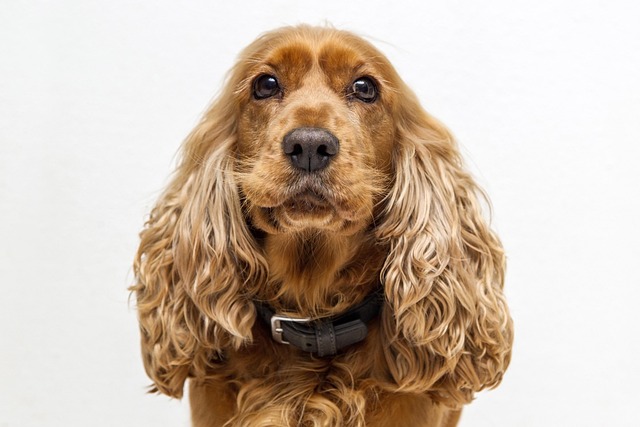
How do i train my dog to be obedient?
Watching your dog dart across the park ignoring your calls isn’t just frustrating—it can put them at risk near busy streets or public spaces.
Is a cocker spaniel easy to train? It’s a question many new dog owners ask when considering this floppy-eared, tail-wagging breed. You’ve seen them at the park—those bundles of energy with a penchant for chasing butterflies—and wondered if their playful nature translates to trainability. Let’s break it down.
Cocker spaniels are intelligent, but they’re also sensitive. Think of them as the eager students who want to please but get distracted by a friend passing a note. Their hunting heritage means they have a strong prey drive—squirrels, rustling leaves, even a fluttering tissue can derail a training session. This isn’t stubbornness; it’s just their brain saying, “That might be a bird! Let’s check!”
Positive reinforcement is key here. These dogs thrive on praise, treats, and a little playtime after nailing a command. Start with short sessions—5 to 10 minutes—when they’re alert, not after a long walk when they’re tired. Teach “sit” or “stay” in a quiet room first, then move to busier areas once they’ve got it. For example, if they sit when asked before mealtime, reward them with a kibble and a cheerful “Good job!” Consistency matters more than perfection.
 Socialization is part of training too. Expose them to other dogs, people, and new environments like sidewalks or pet-friendly stores early on. A well-socialized cocker is less likely to bark excessively or pull on the leash during walks—both common pet peeves in shared communities. Remember, most areas require dogs to be leashed in public, so teaching “heel” isn’t just polite; it’s often the rule.
Socialization is part of training too. Expose them to other dogs, people, and new environments like sidewalks or pet-friendly stores early on. A well-socialized cocker is less likely to bark excessively or pull on the leash during walks—both common pet peeves in shared communities. Remember, most areas require dogs to be leashed in public, so teaching “heel” isn’t just polite; it’s often the rule.
One challenge? Their love for attention can make them clingy, which might lead to separation anxiety if left alone too long. Gradually build up their tolerance for solo time, starting with 5 minutes and increasing as they stay calm. Leave a puzzle toy to keep them occupied—this teaches them that being alone is okay, and it’s part of their training routine too.
Avoid harsh corrections. Yelling or physical punishment confuses these sensitive dogs; they’ll shut down instead of learning. If they jump on guests, redirect them to sit and reward that behavior instead of scolding. Positive methods build trust, and a trusting dog is a willing learner.
So, is a cocker spaniel easy to train? With patience, positivity, and lots of praise, yes. They’re quick to learn when motivated, and their desire to be with you makes training a bonding experience. Like any breed, they have their quirks, but those big, expressive eyes and wagging tails make every training session feel worthwhile.

Watching your dog dart across the park ignoring your calls isn’t just frustrating—it can put them at risk near busy streets or public spaces.

New puppy owners often find themselves rushing to clean up accidents before they set in, and that’s where puppy pad training becomes a game-changer.

If you've noticed your dog's waistline disappearing and your veterinarian has mentioned those few extra pounds, your first instinct might be to simply reduce the amount of food in their bowl.

Training a dog to use a designated spot indoors isn’t as daunting as many new owners fear, but it does take consistency and an understanding of your pet’s needs.

That moment of dread on a walk is all too familiar for many new dog owners. You see another dog approaching down the sidewalk of your neighborhood

If the sight of another dog on your neighborhood walk makes your heart sink as your own dog erupts into a frenzy of barking and lunging, you're not alone.